If I needed to leave Android, I'd use Sailfish OS
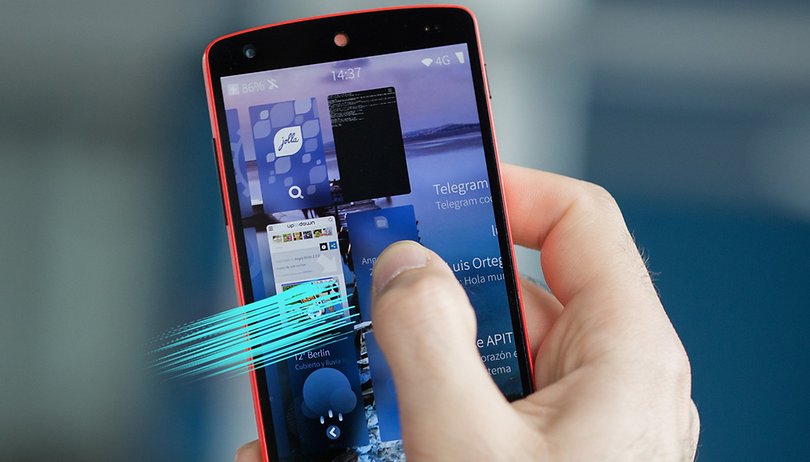

Sailfish OS may be unknown to most people, but if Android was to disappear tomorrow, this would be the direction I'd head. Sailfish OS is an open source mobile operating system that offers speed and simplicity like no other. And, in my opinion, is the best alternative to Android.
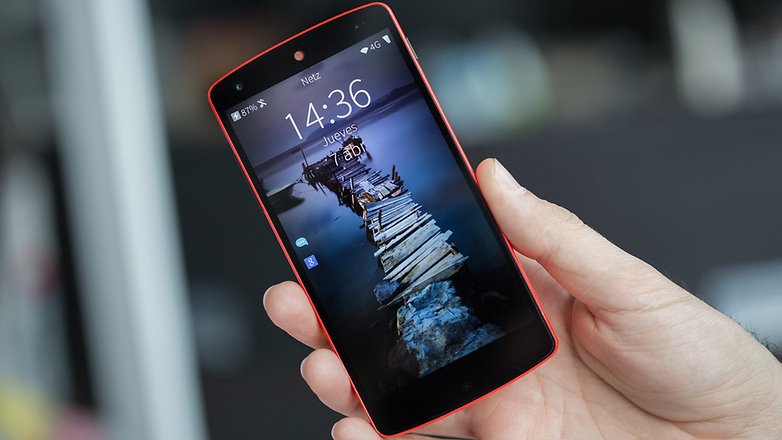
What is Sailfish OS?
Sailfish OS is developed by Finnish firm Jolla (born out of former Nokia project MeeGo). Like Android, it’s open source, but currently is not distributed as far and wide: it's only officially available on a handful of devices including the Jolla’s own phone and tablet and the Intex Aqua Fish.
More manufacturer deals are imminent, but recently I installed Sailfish on my Nexus 5 thanks to multi-boot tool MultiROM. Below you can read my thoughts on it.
Fluidity, speed and multi-tasking
What surprised me most about Sailfish OS, was its speed. Switching from one screen to another is just such a fluid process.
Naturally, there are occasional rough moments (the OS wasn't built for the Nexus 5, after all), but speed and transitions on the platform are impressive in the first 20 seconds of use. Almost the entire system is controlled by your thumb – the system is built for one-handed use – and it works incredibly well.
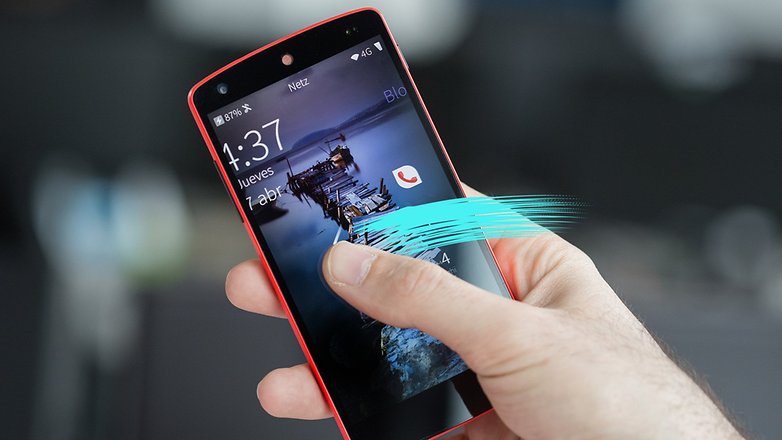
Opening applications takes a little longer than on Android, but they generally open quickly. The system also includes a short animation when you touch an app that reveals the first page of that app, before opening the application in full. It's a nice touch.
Once they've been launched, apps will appear on the main screen, which looks something like Android's recent apps menu. Apps are displayed on the grid, with the icons changing size changes depending on the number of apps in use.
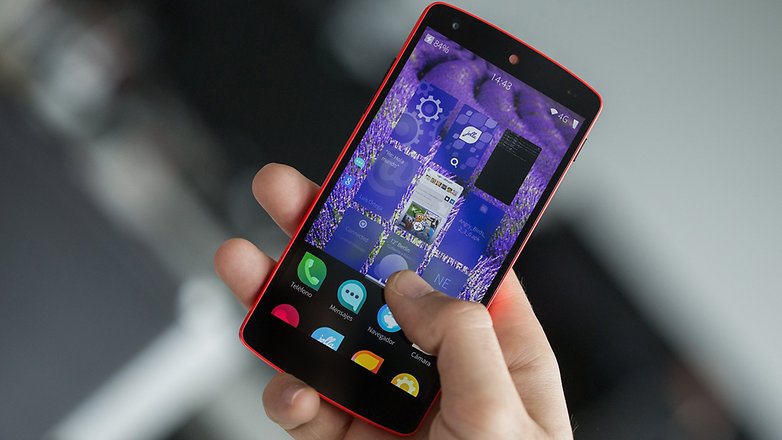
All you need are three swipes
The Sailfish OS doesn't have buttons. Let me write that again: Sailfish OS does not have buttons. Instead, the navigation of the operating system is handled through swipes.
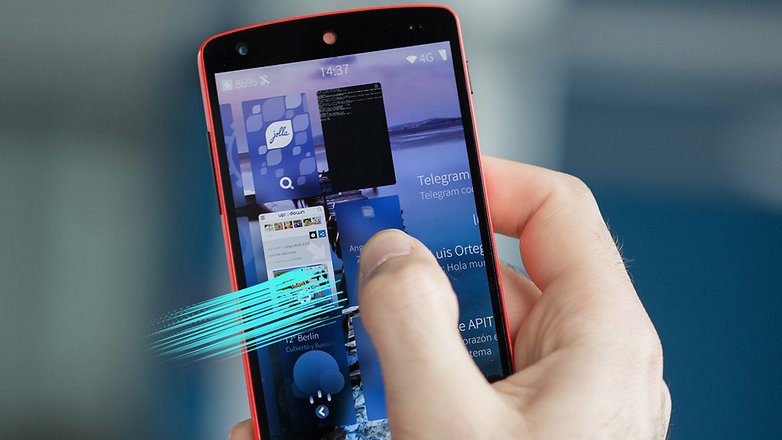
From the Home screen, slide to the left or right look at your notifications, feeds, news, emails, messages etc. Slide up to launch the application drawer, which is ordered by date of installation and slide down for other notifications and system settings.
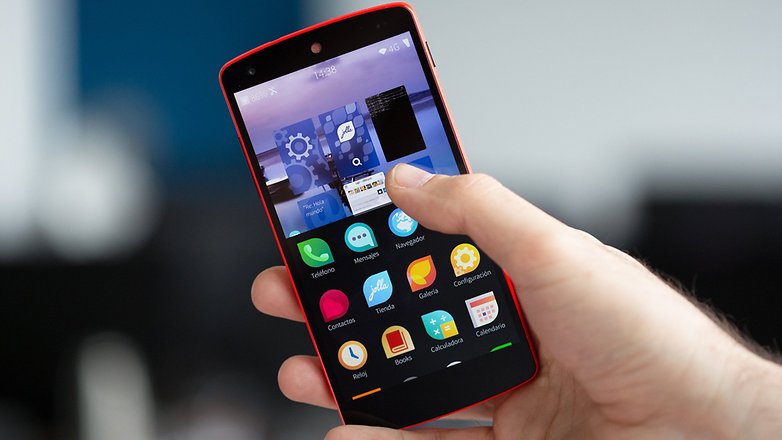
In short, to control the entire system, everything, all you need is a thumb-swipe: left to go Home, down for settings and up for the app drawer. These three gestures allow you to travel to any screen or application, which makes moving between tasks and options very easy and quick.
All too easy?
At first glance, the Sailfish OS seems too simple, giving the impression that there aren't many options. However, it's only because these menus are hidden. Android has the hamburger icon to open options, Sailfish OS doesn't.
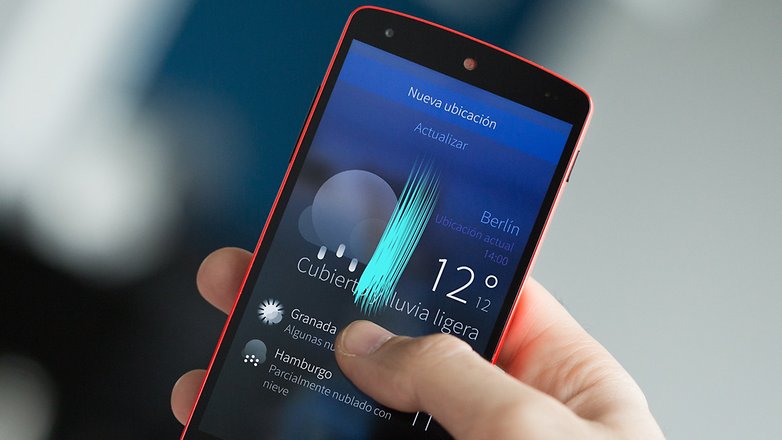
To access more options within an application, then, you simply slide your finger from the middle of the screen up or down and they will open up. From there just keep sliding your finger until the desired options appear. When it does, release your finger.
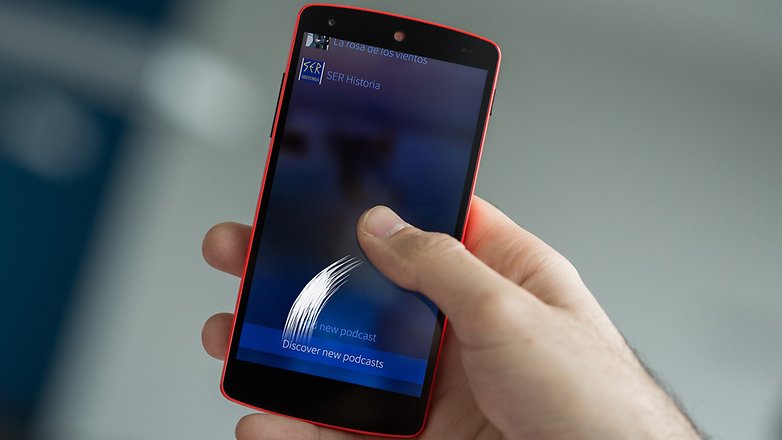
The menus occupy both at the top and in the bottom of the screen. It may sound strange, but it works and after a few days with the OS it becomes second nature.
Customization
Customization is not the strong Sailfish OS's strongest attribute. You can't, for example, use a custom desktop background image. To compensate, there are 11 themes to choose from and the design of the layout and interface is already very stylish.
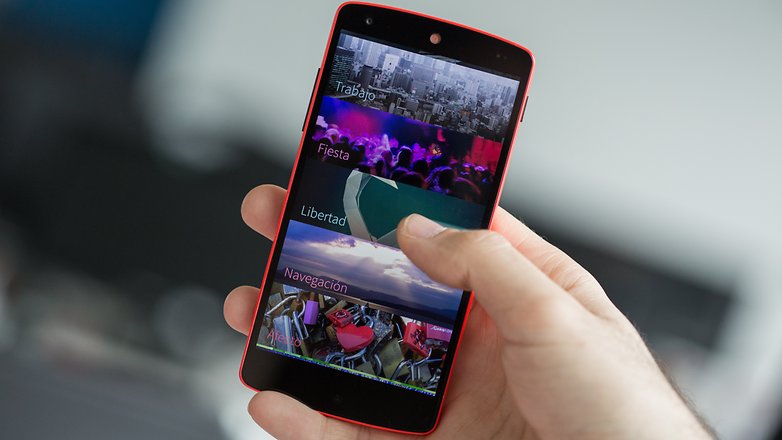
Each theme comes with a different screen background and system color which reflects the main image colors. Sounds and notifications can be configured for each of these themes too.
Native apps and Android
Sailfish OS has a great community that develops native apps for the system and Jolla provides an extensive catalog of apps, including many already popular on Android.
Unfortunately, WhatsApp is not currently among them. But there is a workaround: in the Jolla Apps store is an application called Android Support, which is able to create a virtual Dalvik virtual machine to run the code in Java.
In other words, it allows you to run Android apps on Sailfish.
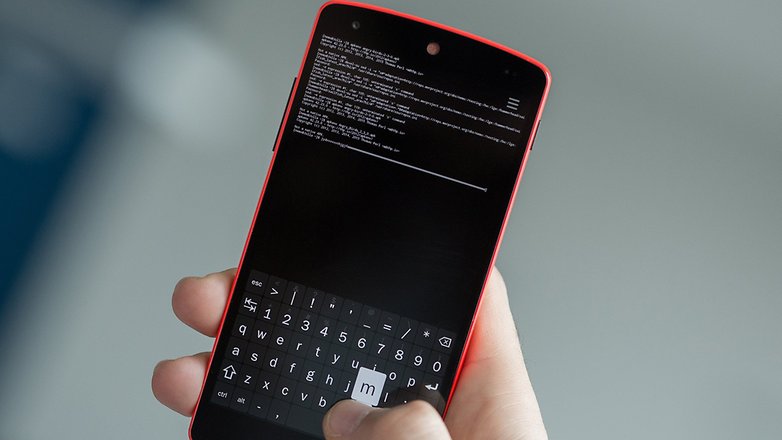
Sadly, this wasn't supported on the Nexus 5, so I could not test how Android apps perform on it. There are still some Android apps that do not use Dalvik, however, users are able to install Angry Birds using the Sailfish OS command console, for example. The app library is still clearly an area that Sailfish is improving.
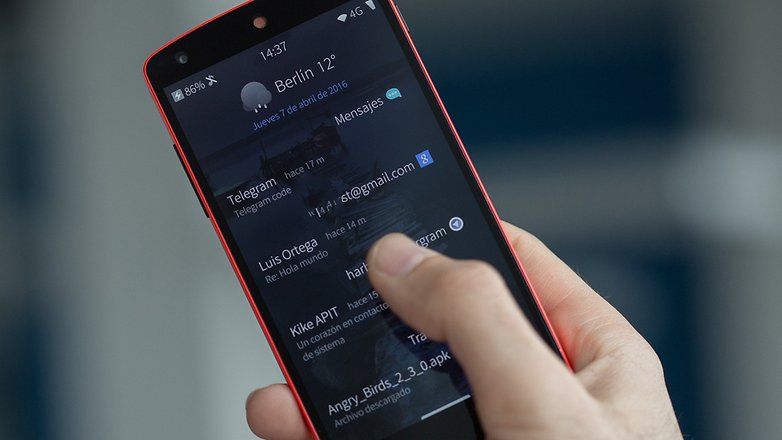
Overall, Sailfish OS is a cool and fluid mobile operating system that just seems to get better and better, and I can't wait to see which direction it takes next.
If the worst happened, and Android disappeared overnight, which OS would you run to? Let us know in the comments.







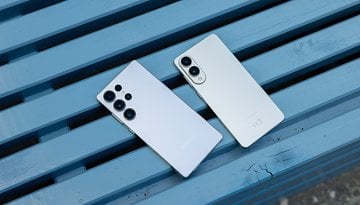






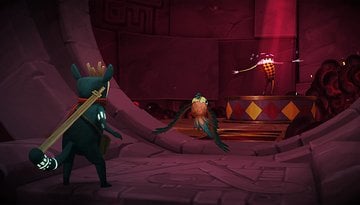
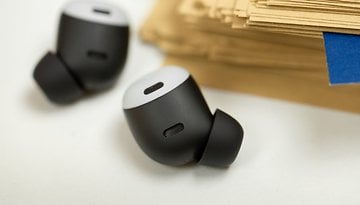




Where can it be downloaded and would it be compatible with my Nexus 6P?
Maybe you will find some informations here -> forum.xda-developers.com/jolla-sailfish/general/sailfish-android-devices-release-t2696409
i recommend the stock android for the nexus 6p... bc its expensive, premium, and buttery smooth in the stock android
Google will not make your dream come true. :-)
Maybe you are right, but in the end it's always up to us, if we will still accept monopolist or not. I for sure will always look for an alternative of this all controlling digital monster.
Even I agree with you ,But you dont exist in the whole world not even me and others because Google is ruling this virtual world literally !!
Fortunatelly, another (not digital world) still exists ;-) and as far I feel alive, Google has only a minor part in my live ....
we are not talking about your life!!sorry :D
I use Sailfish OS since 3 years and I am still fully convinced. As far they will solve their managing troubles because of the tablet-project, selfish has most chances to set down on the mobile market in open source niche....
sounds interesting!!wanna try it once!
Great article and beautiful photos. As a longtime Sailfish OS user I have 4 things to add:
- Unfortunately Sailfish OS is not 100% open-source (yet?). Most of the system is, including important core elements, but UI parts called 'Silica' and some of the naitive apps aren't.
- It is possible to add a custom desktop wallpaper (called ambience). Can be done in Settings/Ambience. The UI colours will adapt automatically to your chosen wallpaper.
- There is a WIP open-source community effort to bring Android app support to Sailfish OS. It's called 'sfdroid' - also available for Nexus 5. This works already quiet well, even though it's still far away from the "official experience".
- some customizations can be done with 'PatchManager' from OpenRepos.net. Of course, Android with all the different launchers offers more in this regard.
I was just about to say that. There is an Android app compatibility project called sfdroid, which I cofounded. Which the writer of this article could have installed on the Nexus 5, as a matter of fact I'm using it right now to make this comment.
Interesting. It would be nice to have an option besides Google's Android. IOS is not an option for me. I will try to putting it on my S3 after I get a new phone to try it out. Being a fisherman I like the name too, Sails are fun to catch.
The Intex is second or third brand in India. So not fooling, I think.
The itex website is fooling people with a whatsapp screenshot.
Actually it is not fooling as the Intex device will come with Alien Dalvik the Android Compatibility Layer that will support Whatsapp.
There are also native Whatsapp clients though as Whatsapp acts bitchy against third party clients you might get blocked when using them.